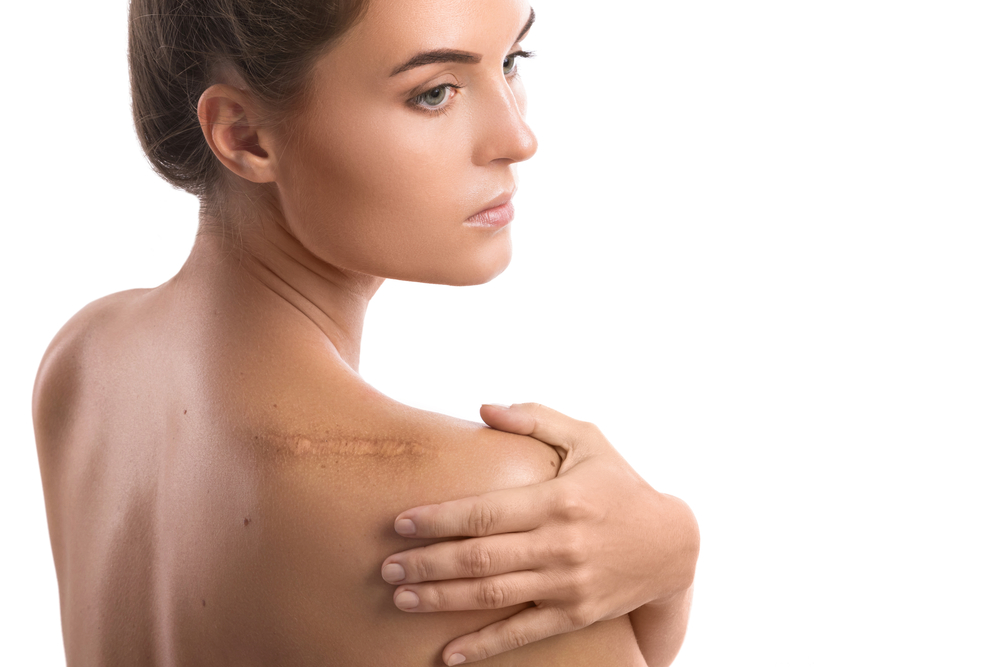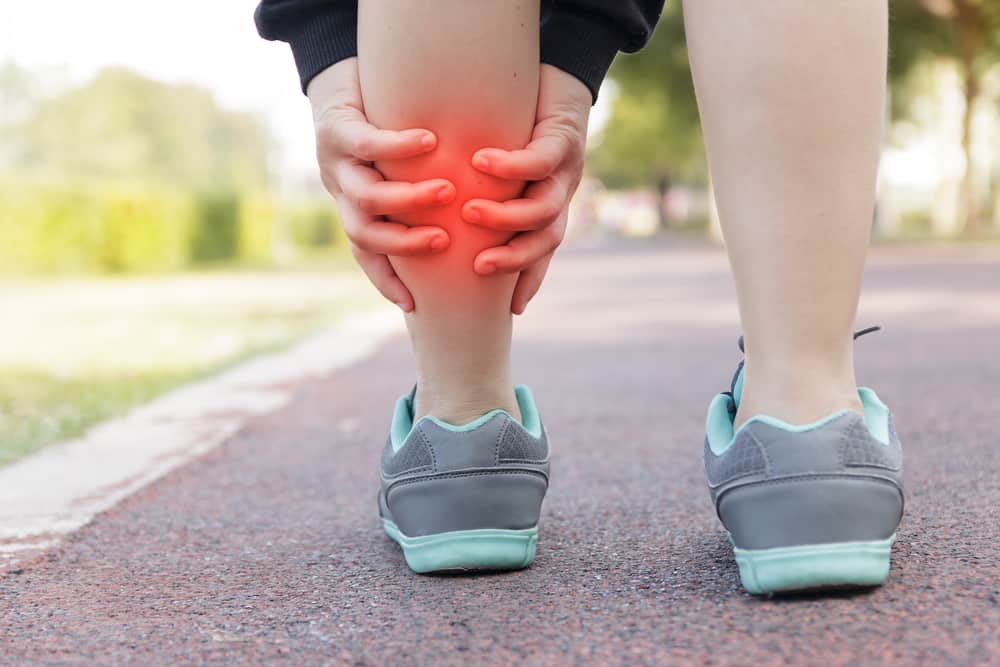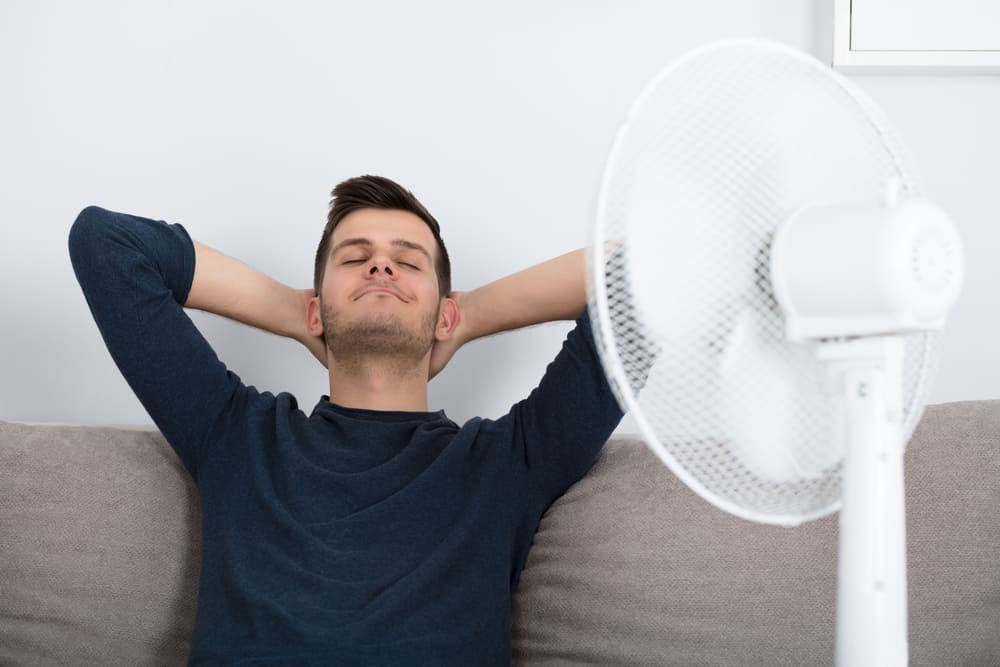Contents:
- Medical Video: Ear Care & Treatments : How to Get Rid of Keloid Scars on the Ear
- What causes keloids?
- How do you do it if the wound is keloid?
- What should you do if you have keloids?
- How do you get rid of keloids?
Medical Video: Ear Care & Treatments : How to Get Rid of Keloid Scars on the Ear
Keloid is the growth of excess skin tissue that appears around the wound after recovering. Instead of being flat, the keloid thickens and spreads beyond the area of the original wound. What causes keloids and how to remove keloids?
What causes keloids?
The cause of keloids is still uncertain. Doctors only know that darker skinned people are more likely to experience this extra skin growth up to 15 times more than people who have pale or white skin.
This thickening of the skin often occurs beginning with injury or injury to the skin, which can be caused by:
- Acne
- Chicken pox
- Burns
- Piercing
- Claw wounds
- Operation incision
- Vaccine injection wound
Keloids usually appear on the chest, back, shoulders and ears. Keloids rarely appear on the face, except in the jaw.
How do you do it if the wound is keloid?
Keloid is the area of the skin that:
- Rough or thickened and more raised up than the surrounding skin area.
- Shiny and convex
- Strange colors range from pink to red
- Itching, pain and sometimes it hurts when touched
Keloid can cause problems of self-confidence because sometimes the shape looks quite large. In addition, the growth of the tissue can harden which limits your body movements, even causing pain or irritation when you rub clothes or other forms of friction.
What should you do if you have keloids?
Keloids are benign and do not require medical attention, unless they are really annoying. Extra skin tissue can be removed through surgery.
However, keloids that continue to grow uncontrollably, with or without additional symptoms, can be a sign of a disorder such as cancer. In such cases, the person needs to visit a doctor and perform a visual examination, accompanied by a biopsy to determine the actual condition.
How do you get rid of keloids?
Options for removing keloids include:
- Inject corticosteroids to reduce inflammation.
- Moisturizing oil to moisturize the tissue, keeping it soft.
- Freezes tissue to kill skin cells.
- Laser treatment to reduce wound tissue.
- Radiation to shrink keloids.
For new keloids, doctors can recommend non-invasive treatments, such as silicone pads, bandages or injections.
For large or old keloids, doctors can recommend surgery to remove the wound. But because keloids are a result of the body's self-repairing mechanism, this method may not be effective.
As Dermatology Online Journal stated, the likelihood of keloid wounds returning after surgery is quite high. The network may be able to grow back at a later date and may be bigger than before. Steroid injections can be used to reduce this risk.
Hello Health Group does not provide medical advice, diagnosis or treatment.












